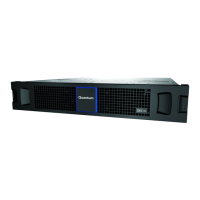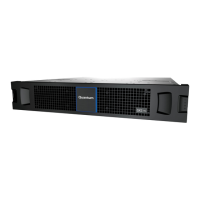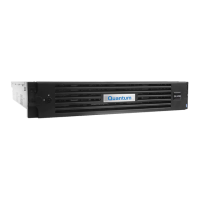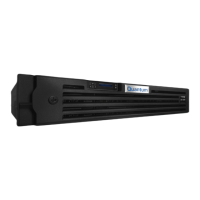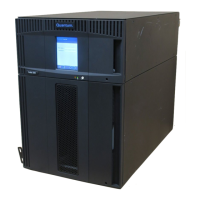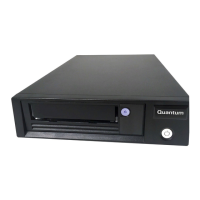Chapter 5: Troubleshooting
Isolate a Controller Module Expansion Port Connection Fault
QX and QXS Setup Guide 142
Note:Do not perform more than one step at a time. Changing more than one variable at a time can
complicate the troubleshooting process.
1. Halt all I/O to the storage system (see Stopping I/O on page 132).
2. Check the host activity LED.
If there is activity, halt all applications that access the storage system.
3. Check the Cache Status LED to verify that the controller’s cached data is flushed to the drives.
l Solid – Cache is dirty (contains unwritten data) and is not writing to drive.
l Blinking – Data is still being written to drive.
l Off – Cache is clean (no unwritten data).
4. Reseat the expansion cable, and inspect it for damage.
Is the expansion port status LED on?
l Yes – Monitor the status to ensure there is no intermittent error present. If the fault occurs again,
clean the connections to ensure that a dirty connector is not interfering with the data path.
l No – Proceed to the next step.
5. Move the expansion cable to a port on the controller module with a known good link status.
This step isolates the problem to the expansion cable or to the controller module’s expansion port.
Is the expansion port status LED on?
l Yes – You now know that the expansion cable is good. Return the cable to the original port. If the
expansion port status LED remains off, you have isolated the fault to the controller module’s
expansion port. Replace the controller module.
l No – Proceed to the next step.
6. Move the expansion cable back to the original port on the controller module.
7. Move the expansion cable on the expansion chassis to a known good expansion port on the expansion
chassis.
Is the expansion port status LED on?
l Yes – You have isolated the problem to the expansion chassis port. Replace the expansion I/O
module.
l No – Proceed to the next step.
8. Replace the cable with a known good cable, ensuring the cable is attached to the original ports used by
the previous cable.
Is the host link status LED on?
l Yes – Replace the original cable. The fault has been isolated.
l No – It is likely that the controller module must be replaced.
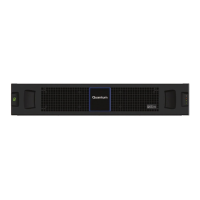
